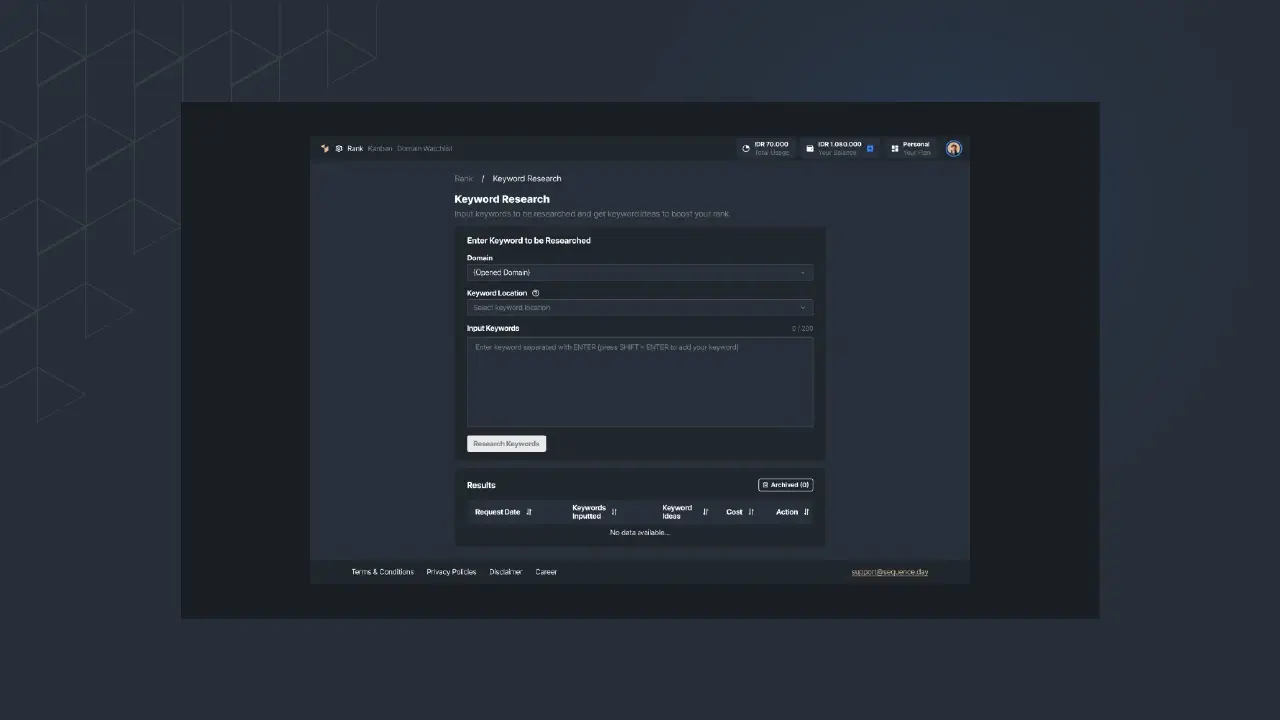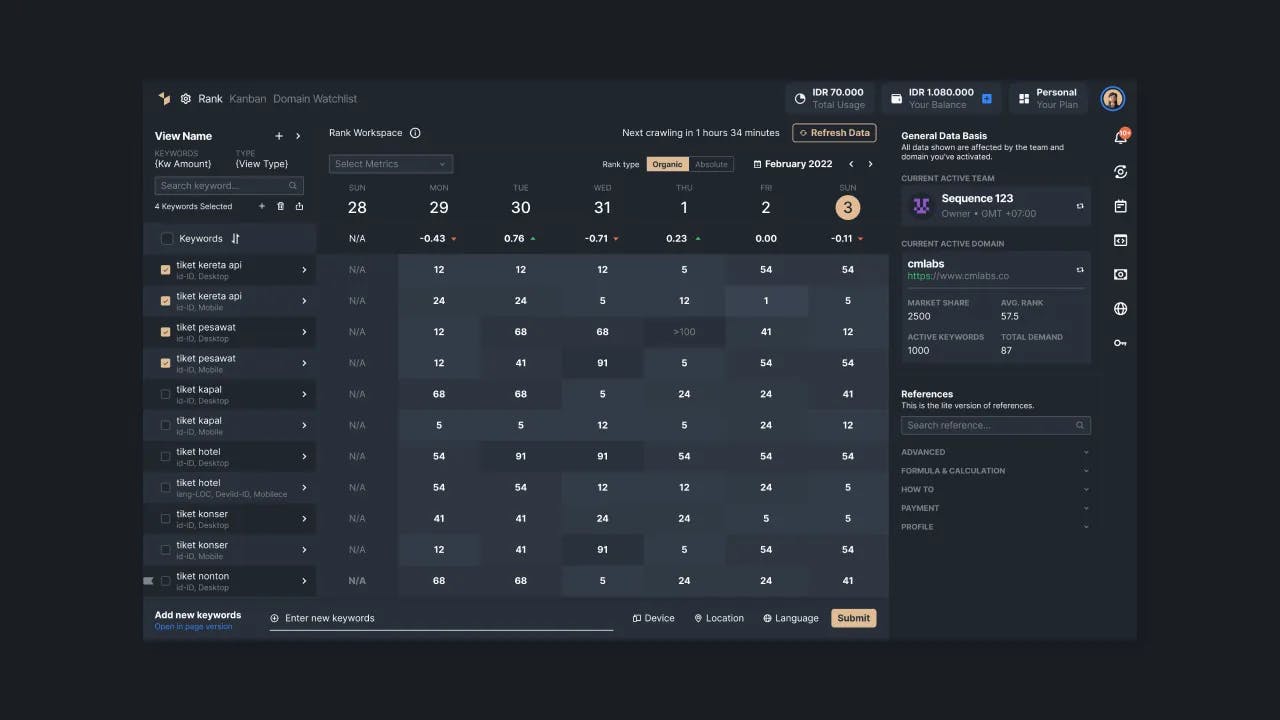SEO localization for a website involves tailoring its content, structure, and strategies to be more relevant and appealing to a specific geographic or cultural audience.
This process recognizes that search engine optimization is not one-size-fits-all and that catering to the unique preferences and behaviors of local audiences can significantly impact a website's success in different regions.
In this article, you will learn more about SEO localization, how it differs from multilingual SEO, and how you can implement it on your website.
What Is SEO Localization?
SEO localization is a strategic approach to search engine optimization that involves tailoring a website's content, structure, and overall online presence to effectively target and engage a specific local or regional audience with a certain language.
This process goes beyond simple translation, encompassing various elements to ensure that the website is not only linguistically appropriate but also culturally relevant and contextually suitable for users in a particular geographic area.
For example, Indonesia and Malaysia which speak the Malay root language with different styles should not be translated as one. There are cultural differences that could affect the user’s experience in exploring the website.
This strategy also includes optimizing the keywords, content, URLs, links, and others. These factors are local preferences that could reach the targeted local audience more effectively.
SEO Localization vs. Multilingual SEO
SEO localization and multilingual SEO are both strategies aimed at optimizing a website's visibility in international markets, but they focus on different aspects of global online presence. Let's explore the key differences between SEO localization and multilingual SEO:
1. Focus and Scope
SEO Localization Primarily concentrates on tailoring content, design, and strategies to match the linguistic and cultural preferences of a specific local audience or region.
While multilingual SEO centers on making a website accessible and optimized for users across multiple languages. It extends beyond cultural adaptation to include technical considerations like hreflang tags, language-specific content, and creating a seamless experience for users who speak different languages.
2. Content Strategy
SEO Localization includes translating and culturally adapting the content to resonate with a specific local audience. While Multilingual SEO involves creating versions of the content in multiple languages without necessarily tailoring it to the cultural nuances of each region.
Multilingual SEO also requires the use of hreflang tags to signal to search engines the language targeting of each page and facilitate the display of the correct language version to users.
SEO Localization Best Practices
After knowing the definition and its differences, below are the best practices you can adopt if you are about to target different regions with different languages.
1. Local Keyword Research
Conduct thorough local keyword research to understand the specific terms and phrases used by your target audience in different regions. Optimize your content for these keywords to enhance visibility in local search results.
For example, if you're a global retailer, understanding that users in the UK may search for "trainers" instead of "sneakers" in the U.S. allows you to incorporate region-specific keywords for better relevance.
You should be aware of the language differences when doing keyword research. In this matter, you can use Keyword Ideas by Sequence Stats to support your research. Get the local keywords and their metrics easily.

Picture 1 - Keyword Ideas in Sequence Stats.
2. Research on Cultural Differences
Dive into the cultural nuances of your target markets. Adapt your content, imagery, and messaging to align with the cultural preferences and sensitivities of each region. This goes beyond translation and ensures cultural resonance.
For example, you can explore the colors, symbols, and even humor that can vary significantly across cultures. An image or phrase that resonates positively in one culture may have a different impact elsewhere.
3. Do Not Implement Automatic Redirects
Avoid automatically redirecting users to localized versions of your site based solely on their IP addresses. Allow users the option to choose their preferred language or region, as automatic redirects can be disruptive and potentially frustrating.
A user in Spain accessing an English version of the site might prefer to navigate in English, so providing the option to switch languages without redirection enhances the user experience.
4. Implement The Right URL Structures
Use SEO-friendly URL structures that clearly indicate language or region. This not only helps search engines understand the targeted audience but also makes it user-friendly for visitors navigating different language versions of your site.
Instead of generic URLs, use language-specific subdirectories like "/en/" for English or "/es/" for Spanish. This structure signals the language to both users and search engines.
5. Use Local Servers
Host your website on local servers in the target region. This can improve website loading times, providing a faster and more responsive experience for users. Search engines may also consider server location as a factor in local search rankings.
If your primary audience is in Australia, having a server physically located in Australia can result in quicker page loading times for users in that region, positively impacting user experience.
6. Regularly Update and Monitor
Continuously update and monitor your localized content. Market trends, language usage, and cultural preferences can change over time. Regularly analyzing performance metrics and user feedback helps maintain relevance.
Use Sequence Stats as your Keyword Rank Tracker so that you shall not track it manually. This tool is able to give you a daily report on the keywords you target.

Picture 2 - Keyword rank tracker in Sequence Stats
Conclusion
That is all. Now, if you are going to target more than one region and language, you might want to implement SEO localization. Remember, localization is not a one-time effort but an ongoing commitment to understanding and adapting to the ever-changing dynamics of different markets.
For a comprehensive and data-driven approach to SEO localization, consider using the powerful tools and insights offered by Sequence Stats. Our SEO tool is designed to streamline your localization efforts, providing valuable analytics, keyword tracking, and performance metrics tailored to different regions.
By registering with Sequence Stats, you gain access to a suite of features that will empower your international SEO strategies. Go register now!